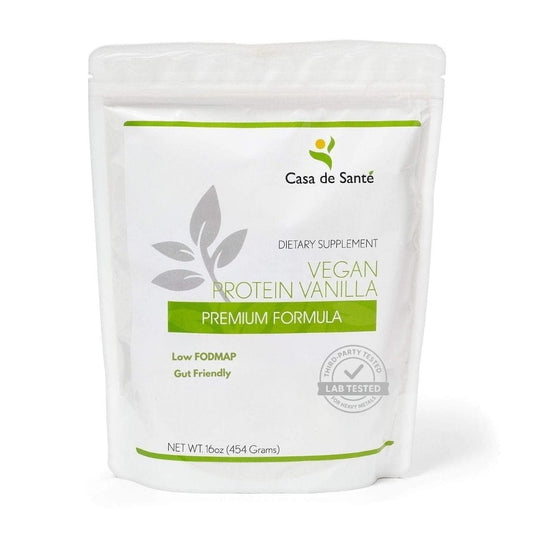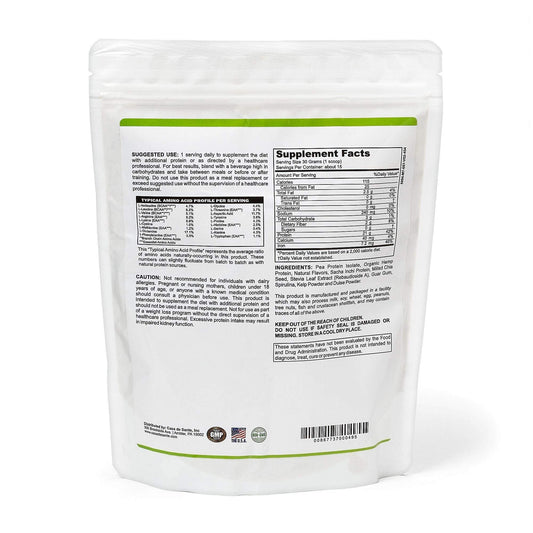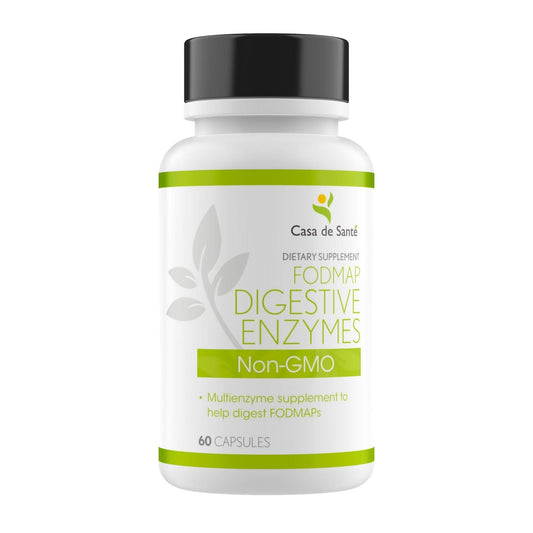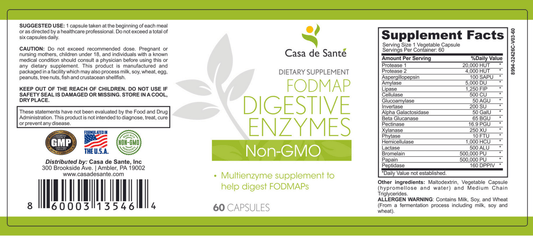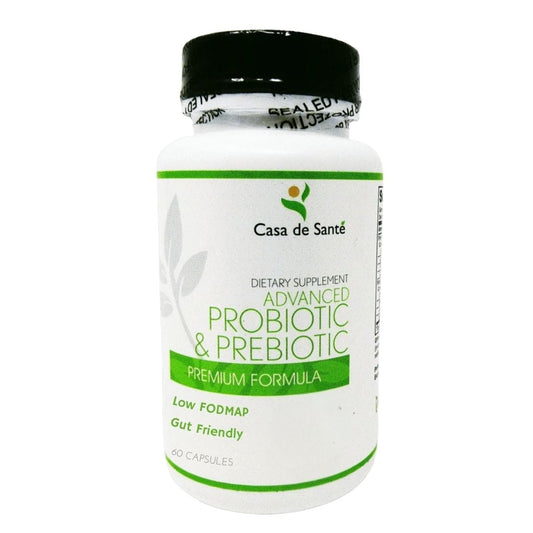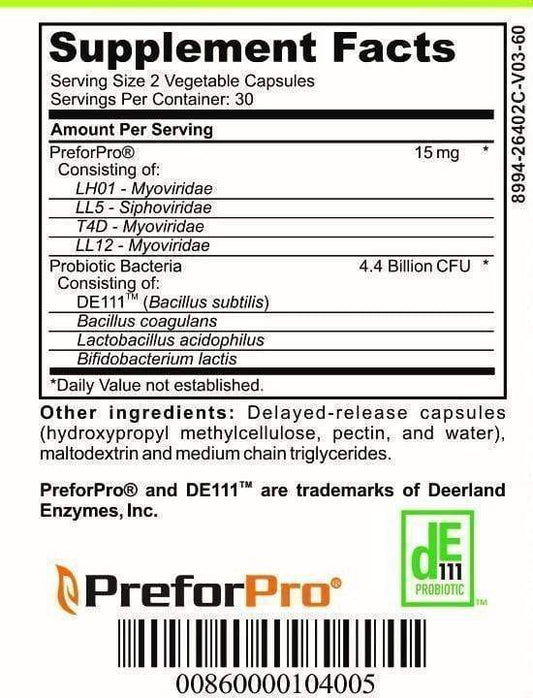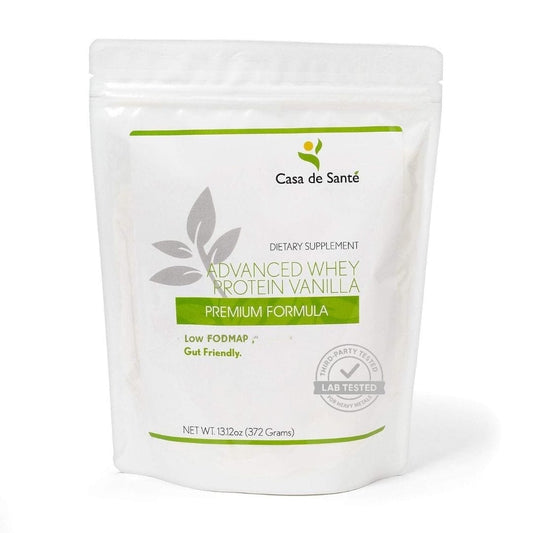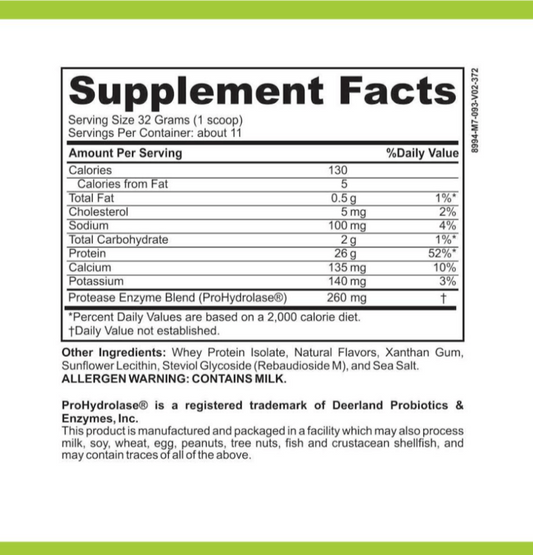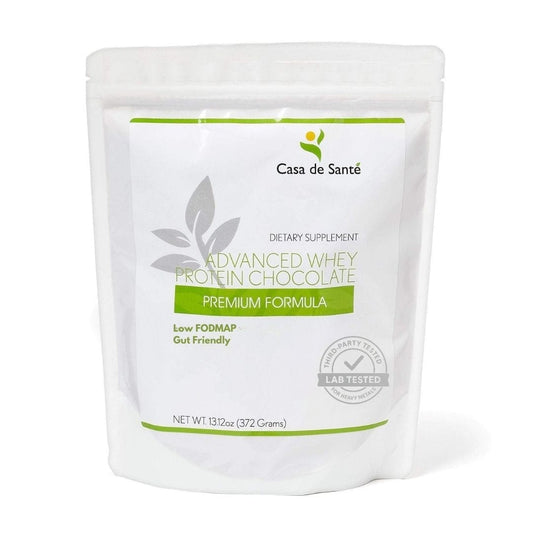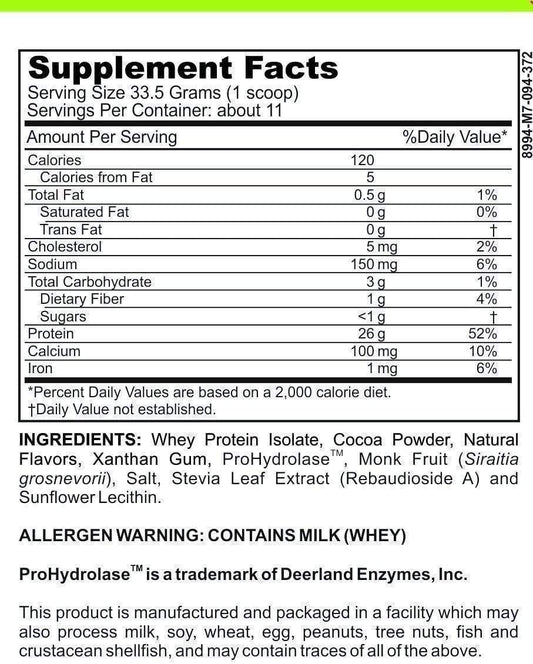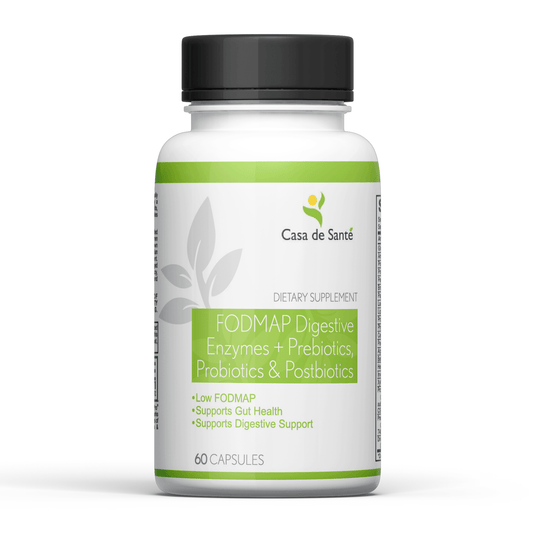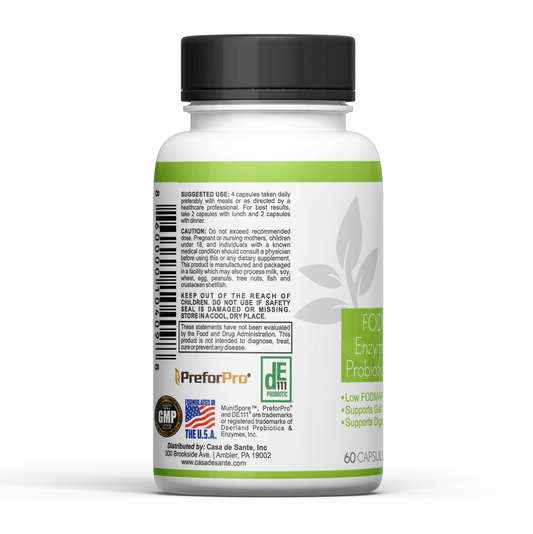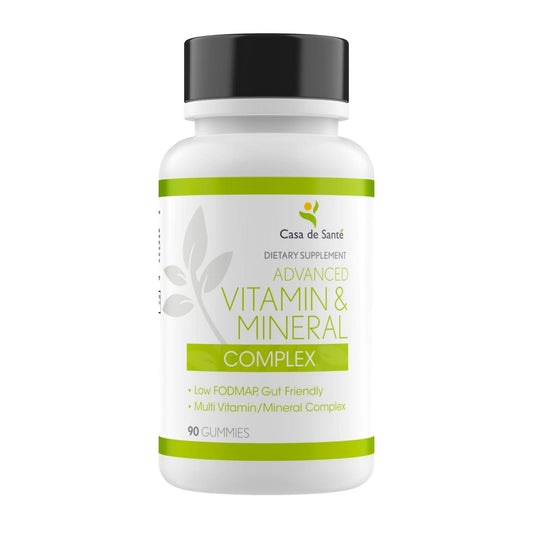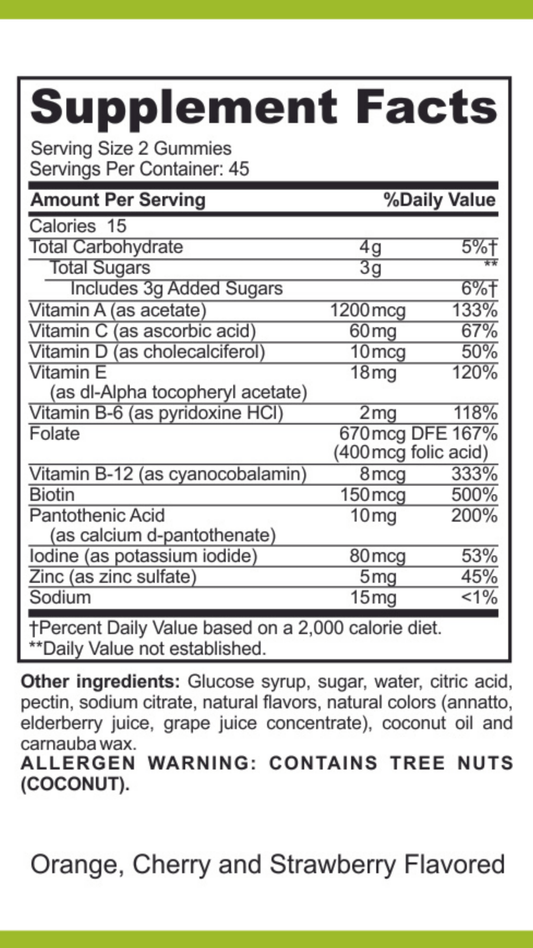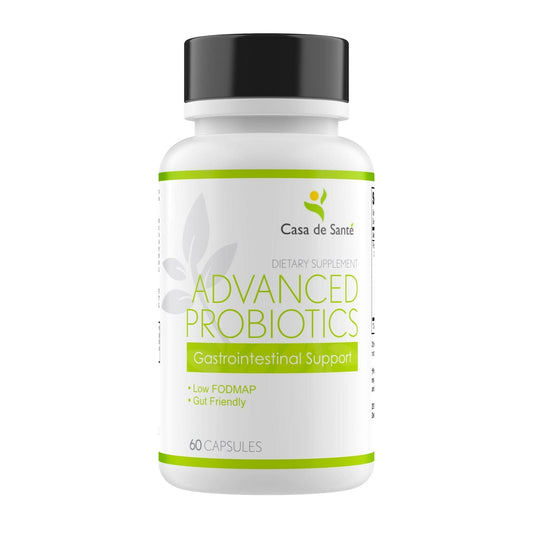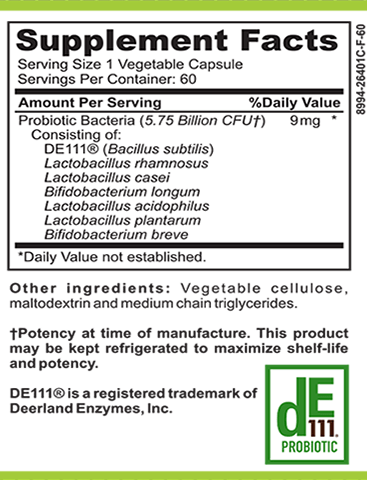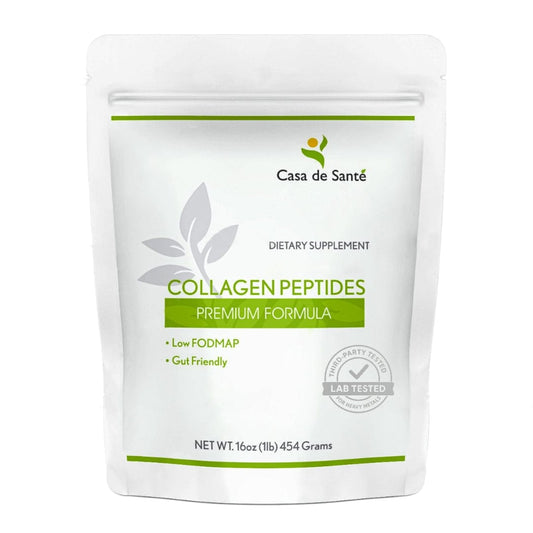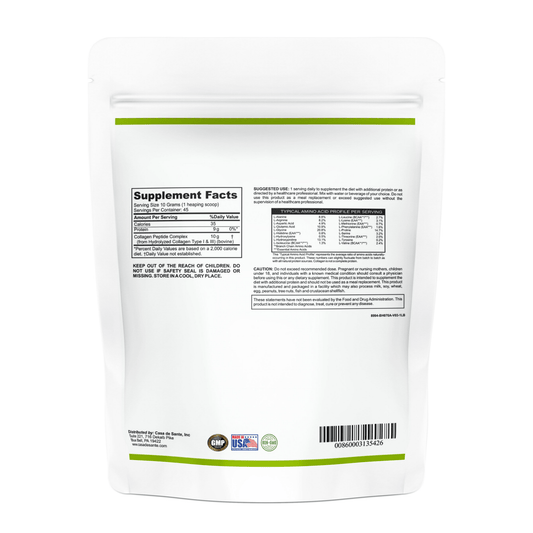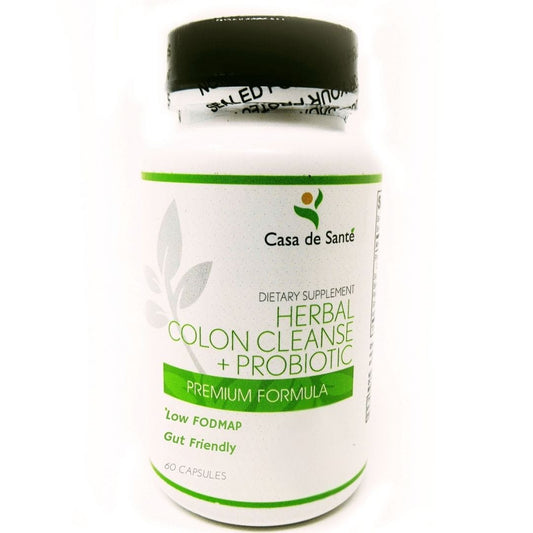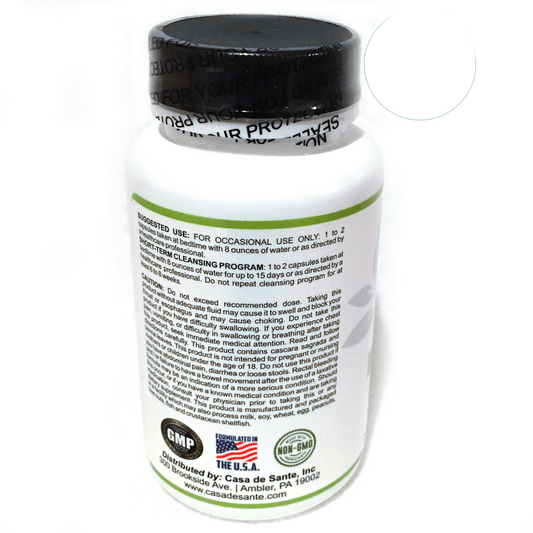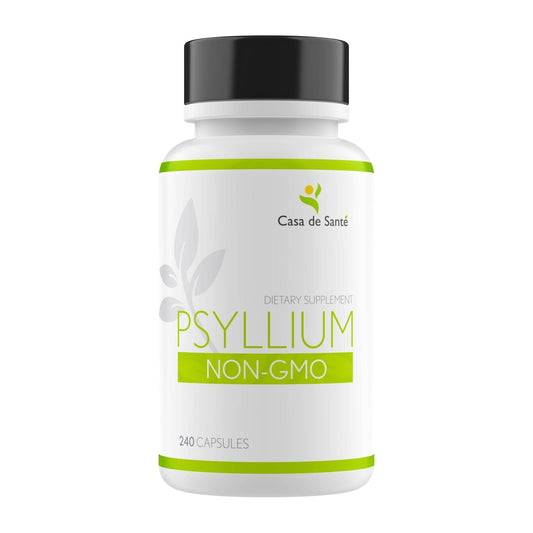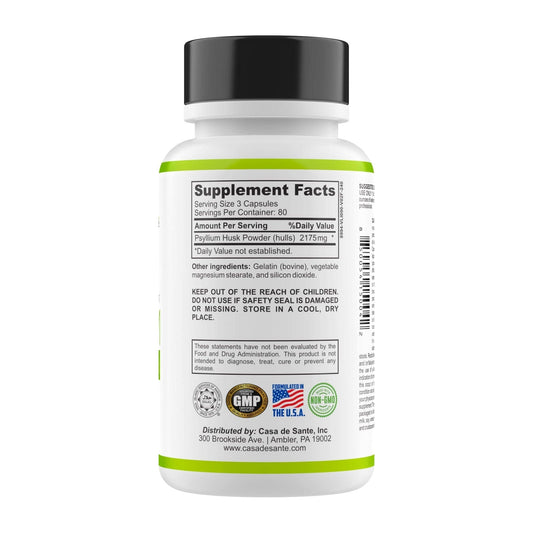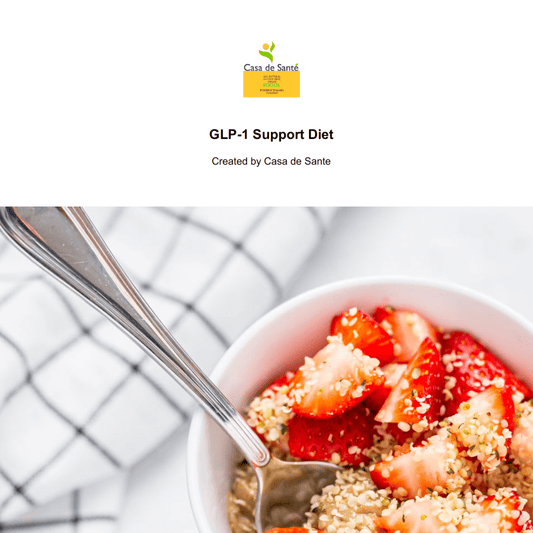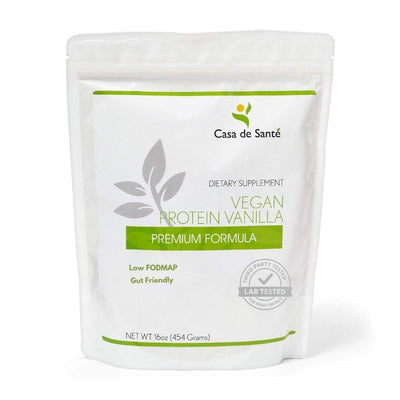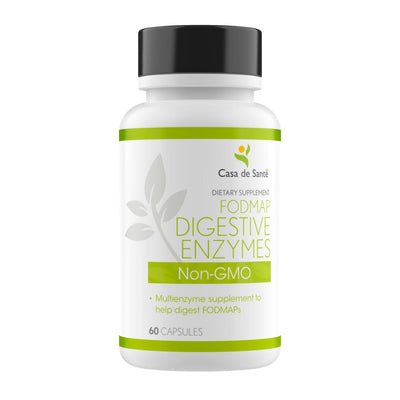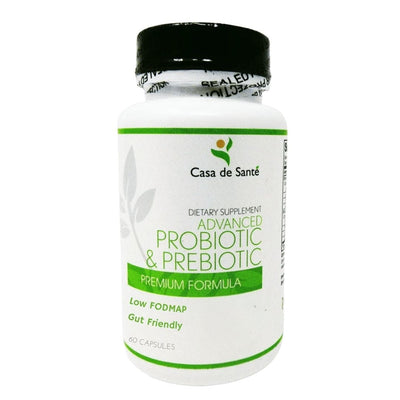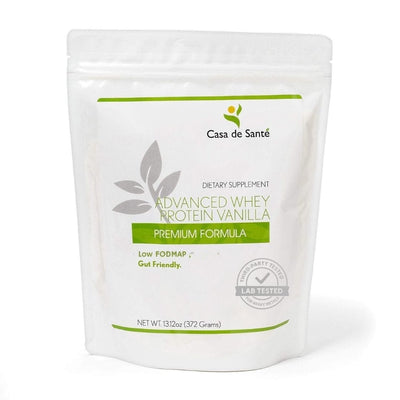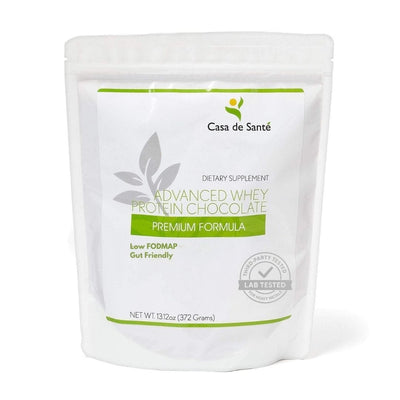Your Ultimate Guide to a Low FODMAP Meal Plan Free: Delicious Recipes and Tips for Success
Jumping into a low FODMAP meal plan can seem like a big task, but it's not as tough as you might think. This guide is here to help you get started with some tasty recipes and handy tips. Whether you're dealing with IBS or just want to try something new, a low FODMAP diet can make a difference. Let's break it down and make it easy for you to enjoy delicious meals without the hassle.
Key Takeaways
- A low FODMAP diet can help reduce IBS symptoms by avoiding certain carbs.
- Planning your meals ahead can make shopping and cooking easier.
- There are plenty of easy low FODMAP recipes that are both quick and tasty.
- Keeping track of your symptoms can help you understand how different foods affect you.
- Carefully reintroducing foods can help you find out what works for your body.
Understanding the Low FODMAP Diet
What is a Low FODMAP Diet?
So, what exactly is a low FODMAP diet? Well, it's all about cutting back on certain types of carbs that can cause tummy troubles. FODMAPs stand for fermentable oligosaccharides, disaccharides, monosaccharides, and polyols. Yeah, it's a mouthful! But basically, these are sugars that some folks have a hard time digesting. When they hang around in your gut, they can lead to bloating, gas, and other not-so-fun symptoms. This diet helps you figure out which foods are causing issues and lets you avoid them.
Benefits of a Low FODMAP Diet
Following a low FODMAP diet can be a game-changer for many people. Here are some of the perks:
- Reduced bloating and gas: Many find relief from that uncomfortable, swollen feeling.
- Better gut health: It can help balance the bacteria in your gut, which is always a good thing.
- Improved quality of life: Less digestive drama means you can enjoy your day-to-day a lot more.
Common Misconceptions About Low FODMAP
There are a few myths floating around about the low FODMAP diet. Let's clear them up:
- It's not a forever diet: This isn't something you need to stick to for life. It's a temporary phase to identify food triggers.
- It's not just about cutting carbs: You're focusing on specific types of carbs, not all of them.
- You can still eat out: Yes, dining out is possible! You just need to be a bit more mindful about what you order.
Keep in mind, this diet is mainly for those with digestive issues like IBS. It's not a one-size-fits-all solution, but for those it helps, it can make a world of difference.
Creating Your Low FODMAP Meal Plan
Planning Your Meals
Creating a meal plan when you're on a low FODMAP diet can feel like a puzzle, but once you get the hang of it, it's a breeze. Start by plotting out your meals for the week. This not only saves you time but also keeps you from scrambling for last-minute meals that might not fit your diet. Mix up your meals to keep things interesting—rotate between different proteins, grains, and veggies that are low in FODMAPs. And don't forget to consider your schedule; quick meals for busy nights and more involved recipes for when you have time to spare.
Shopping for Low FODMAP Ingredients
Shopping becomes a lot easier with a plan in hand. Write a list before you head out, focusing on fresh produce like bell peppers, zucchini, and strawberries. Be a label detective—check for sneaky ingredients like garlic and onion in pre-packaged foods. Stock up on pantry staples like rice, quinoa, and canned tomatoes without added ingredients.
Meal Prep and Storage Tips
Meal prep is your friend. Cook larger batches of your favorite low FODMAP dishes and store them in the fridge or freezer. Use clear containers so you can see what’s inside at a glance. Label everything with dates to avoid eating something past its prime. This not only saves time but also ensures you always have a safe meal ready to go.
Embracing a low FODMAP meal plan might seem daunting at first, but with a little planning and organization, it becomes second nature. You'll be surprised at how quickly it turns into a routine.
Delicious Low FODMAP Recipes
Breakfast Ideas
Starting your day with a satisfying breakfast sets a positive tone for the rest of the day. Here are some low FODMAP breakfast ideas to kickstart your morning:
- Banana Pancakes: Whip up a batch using gluten-free flour and ripe bananas. They're naturally sweet and pair perfectly with a drizzle of maple syrup.
- Berry Smoothie: Blend lactose-free yogurt with strawberries and blueberries for a refreshing drink.
- Oatmeal with Almond Milk: Cook gluten-free oats with almond milk and top with sliced kiwi and a sprinkle of cinnamon.
A good breakfast fuels your body and keeps those mid-morning cravings at bay.
Lunch and Dinner Options
When it comes to lunch and dinner, it's all about balance and flavor. Here are some tasty low FODMAP options:
- Chicken and Vegetable Stir-Fry: Toss chicken breast with bell peppers and zucchini in a garlic-infused oil.
- Quinoa and Roasted Veggie Bowl: Combine cooked quinoa with roasted carrots and spinach, topped with a squeeze of lemon.
- Shrimp and Zucchini Pasta: Use gluten-free pasta with shrimp and zucchini, seasoned with fresh herbs.
Indulgent Low FODMAP Desserts
Who says you can't enjoy dessert on a low FODMAP diet? These treats will satisfy your sweet tooth without the discomfort:
- Chocolate Chip Cookies: Made with gluten-free flour and dark chocolate chips.
- Vanilla Cupcakes: Sweeten them with maple syrup and top with a lactose-free frosting.
- Fruit Salad: Mix together oranges, strawberries, and kiwi for a refreshing finish to any meal.
Desserts don't have to be off-limits. With a little creativity, you can enjoy sweet treats that fit your dietary needs.
Maintaining Your Low FODMAP Lifestyle
Reintroducing FODMAPs
After you've been on a strict low FODMAP diet for a while, it's time to start reintroducing some of those foods back into your life. This step is crucial because not all high FODMAP foods will trigger symptoms for everyone. Here's how you can do it:
- Pick one food to start with. Choose something you miss and eat it for a few days.
- Watch how your body reacts. Keep a diary of any symptoms or changes.
- Decide if it's a keeper. If the food doesn't cause issues, you can add it back to your diet.
Remember, this isn't a race. Take your time to find out what works for you.
Tracking Your Symptoms
Keeping track of how you feel is super important. It helps you know what foods are okay and which ones to avoid. Here are some tips:
- Use a food journal. Write down what you eat and any symptoms.
- Spot patterns. Look for connections between what you eat and how you feel.
- Be patient. It might take a while to see clear patterns, but it's worth it.
Adjusting Your Meal Plan Over Time
As you learn more about your body's reactions, your meal plan might need some tweaks. Here's what you can do:
- Stay flexible. Be open to changing things up based on what you learn.
- Try new recipes. Keep your meals exciting by experimenting with new low FODMAP dishes.
- Consult a dietitian. If you're unsure, a dietitian can help you make the best choices for your health.
The goal is to enjoy your meals while feeling good. Finding the right balance takes time, but it’s worth it!
Tips for Dining Out on a Low FODMAP Diet
Choosing the Right Restaurant
Eating out while following a low FODMAP diet can be tricky, but it's totally doable with a little planning. Start by picking a place that offers customizable options. Restaurants that let you tweak dishes are a safer bet. Think about spots that serve grilled meats, salads, or sushi, as they often allow for ingredient swaps. Before heading out, check the menu online and see if they have dishes that can be easily adjusted to fit your needs. Don't hesitate to call and ask about their ability to accommodate dietary restrictions.
Communicating Your Needs
When you arrive at the restaurant, it’s important to clearly communicate your dietary needs to the staff. Here’s how you can do it effectively:
- Be upfront about your needs: Let your server know you're following a low FODMAP diet and what that means.
- Ask questions: Inquire about ingredients used in dishes, especially hidden ones like garlic and onion.
- Request modifications: Don’t be shy to ask for substitutions, like swapping out high FODMAP ingredients for low FODMAP ones.
- Express gratitude: A simple thank you can go a long way in ensuring a positive dining experience.
Safe Menu Options
Finding safe options on a menu might seem like a scavenger hunt, but it's easier than you think. Here are some go-to choices:
- Grilled meats and fish: Most places offer these without sauces, making them a safe choice.
- Salads with olive oil and lemon: Skip the dressings that may contain high FODMAP ingredients.
- Sushi and sashimi: These are generally low FODMAP, just watch out for sauces.
- Plain rice or potatoes: A good side option that’s usually safe.
Eating out on a low FODMAP diet doesn’t have to be stressful. With a bit of preparation and clear communication, you can enjoy a meal out without worry. Remember, a nutrition assessment can help tailor your diet to your specific needs, making dining out even easier.
Resources for a Successful Low FODMAP Journey
Recommended Apps and Tools
Getting the right tools can make your low FODMAP journey a breeze. The Monash University FODMAP app is a must-have. It's like having a dietitian in your pocket, helping you identify safe foods and track your meals. Another great app is the FODMAP Friendly app, which offers a comprehensive food guide and certified products. Don't forget about Carb Manager for meal planning and symptom tracking. These tools can really take the guesswork out of your diet.
Books and Cookbooks
Dive into the world of low FODMAP cooking with some fantastic reads. "The Low-FODMAP Diet Step by Step" by Kate Scarlata is a great starting point, offering a clear guide and easy recipes. "The Complete Low-FODMAP Diet" by Sue Shepherd is another gem, packed with scientific insights and meal ideas. For those who love variety, "Low-FODMAP and Vegan" by Jo Stepaniak provides plant-based options. These books not only provide recipes but also explain the "why" behind the diet.
Finding Support and Community
Embarking on a low FODMAP diet can feel isolating, but you're not alone. Online forums and Facebook groups dedicated to low FODMAP living are great places to connect with others. Sharing experiences and tips can be incredibly encouraging. Consider joining a local support group or finding a dietitian who specializes in gastrointestinal health. Having a community can make all the difference in staying motivated and informed.
Navigating the low FODMAP diet doesn't have to be a solo journey. With the right resources and support, you can manage your symptoms and enjoy delicious meals without the stress.
Starting your low FODMAP journey can be a bit tricky, but you don’t have to do it alone! Check out our website for helpful tips, meal plans, and resources that can make your experience smoother. Let’s make your path to better gut health easier together!
Wrapping It Up
So, there you have it! A low FODMAP meal plan doesn't have to be a headache. With a little planning and some tasty recipes, you can enjoy meals that are both delicious and gentle on your stomach. Remember, it's all about finding what works for you. Don't be afraid to experiment with different foods and recipes. Keep track of what makes you feel good and what doesn't. And hey, if you need a little extra help, there are plenty of resources out there to guide you. Stick with it, and soon enough, you'll be a pro at managing your diet while still enjoying your favorite dishes. Happy cooking!
Frequently Asked Questions
What is the Low FODMAP Diet?
The Low FODMAP Diet is a special eating plan designed to help people with digestive problems like IBS. It focuses on avoiding certain carbs that can cause tummy troubles.
How can a Low FODMAP Diet benefit me?
Following this diet can help reduce symptoms like bloating, gas, and stomach pain. Many people feel much better after starting this diet.
Can I eat out while on a Low FODMAP Diet?
Yes, you can eat out! Just pick meals without high FODMAP ingredients like garlic and onions. Many restaurants can help with your needs.
How long should I follow the Low FODMAP Diet?
It's usually suggested to follow the Low FODMAP diet for about 6 to 8 weeks. After that, you can slowly add foods back to see what works for you.
Are there foods I should avoid on the Low FODMAP Diet?
Yes, avoid foods high in FODMAPs like certain fruits, beans, and dairy products. It's important to check food labels.
Is it hard to find Low FODMAP recipes?
Not at all! There are many resources and cookbooks with easy Low FODMAP recipes. You can also find great ideas online.

